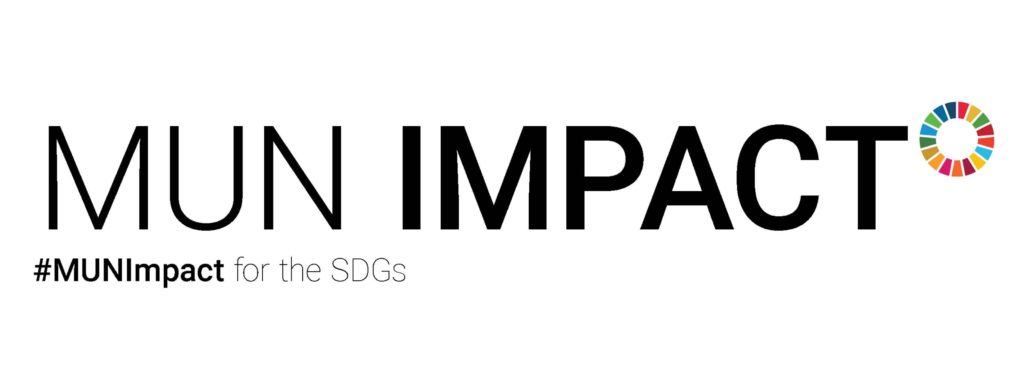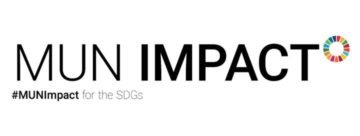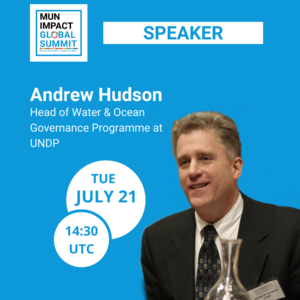Inge Relph is the Executive Director and Co-founder of Global Choices, a contemporary female-led organisation that takes a fresh approach to climate activism. She was senior policy advisor to the Elders headed by Kofi Annan, founded several other organisations and chaired Womankind Worldwide. She now devotes her time fighting for climate change with an emphasis on how loss of Polar ice poses a major threat to all of us.
Emma Wilkins is the coordinator of Global Choices’ Arctic Angels, an intergenerational action network empowering the youth. She graduated with a first class honours degree in Geography, with a focus on human- environment relations and connection to nature. She is currently doing a postgraduate course in MSc Environment, Politics and Society at University College, London.
Evelyn Acham is a passionate climate activist who is a member of Global Choices’ Arctic Angels. She holds a BSc.degree in Land Economics. She is a national Coordinator of the Rise Up movement and an active member of the Youth for the Future Africa group, Fridays for Future and Defend the Defenders for Zoka forest.
These three empowered women focused their presentation on how melting glaciers in the Polar regions pose a major threat to our planet. They enlightened us with their knowledge about the Polar regions which have been severely impacted by climate change. Often the Arctic is thought to be barren, but it is rich in resources. These resources are trapped under the ice. As governments compete to get hold of these resources, the Arctic lies at a great risk.
Ms. Relph talked about how Global Choices aims to spread awareness about the climate fluctuations in earth and how they as an organization empower women.She emphasised that loss of ice is irreversible. “We can grow trees, but we cannot grow ice,” she said.
Ms. Wilkinson said that the Polar ice has a cooling effect on the earth which helps in temperature regulation of the planet. This is better known as the Albedo effect, where the snow plays an active role in reflecting back the Sun’s radiation and thus lowering the Earth’s temperature. This ensures that the Earth lies in the healthy temperature range.
Their Hands Off campaign calls upon the governments to distance themselves from oil and gas drilling, deep sea mining and willful harm to the ice.
If the problem of melting ice in Polar regions won’t be addressed, the Earth’s temperature will rise by several degrees and affect all living beings–not just the Polar bears who are expected to become extinct after about 80 years. This danger of extinction currently hovers over many other species.
Evelyn talked about how humanity will suffer from the disastrous effects. She gave the example of Uganda which has two periods of rain in a year. This country is prone to floods which cause a huge amount of damage to life and property. Global warming has cost this country dearly. She added that as the ice melts in the polar regions, the sea levels rise due to which islands and coastal regions lie at the risk of submerging. In order to prevent this we need to take action and hold governments accountable for the destruction they are causing to nature.
This whole presentation highlighted the grave danger which the Polar regions lie under and talked about how the regions serve as natural thermometers to check climate change.



 Mr. Andrew Hudson is the Head of Water & Ocean Governance United Nations Development Programme (UNDP). He initiated several signature UNDP water and ocean programmes including MDG GoAL-WaSH (Governance, Advocacy and Leadership for Water, Sanitation and Hygiene), global scaling up of UNDP-Coca Cola Company Every Drop Matters Partnership, UNDP Shared Waters Partnership, GEF International Waters Learning Exchange and Resource Network (IW:LEARN) and the 2020 launch of UNDP Ocean Innovation Challenge. He presented on Session 1 on the first day of our Global Summit.
Mr. Andrew Hudson is the Head of Water & Ocean Governance United Nations Development Programme (UNDP). He initiated several signature UNDP water and ocean programmes including MDG GoAL-WaSH (Governance, Advocacy and Leadership for Water, Sanitation and Hygiene), global scaling up of UNDP-Coca Cola Company Every Drop Matters Partnership, UNDP Shared Waters Partnership, GEF International Waters Learning Exchange and Resource Network (IW:LEARN) and the 2020 launch of UNDP Ocean Innovation Challenge. He presented on Session 1 on the first day of our Global Summit.